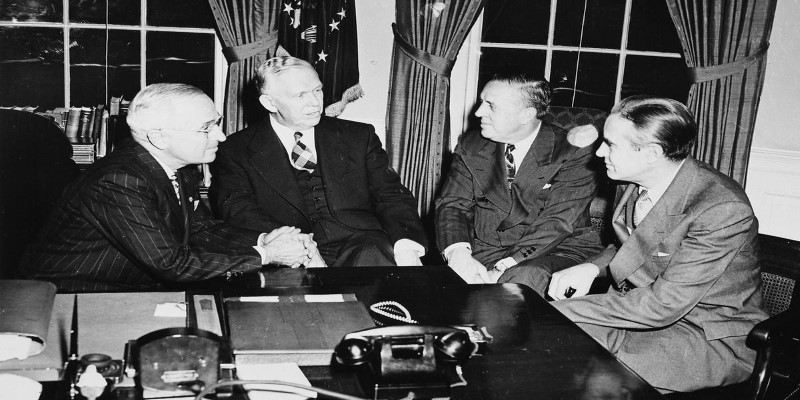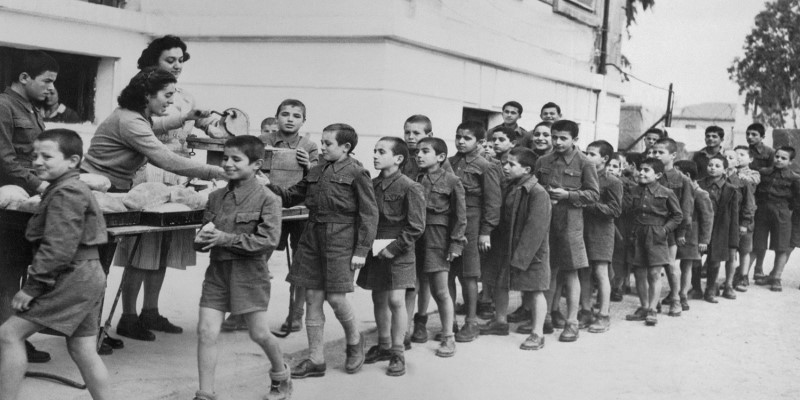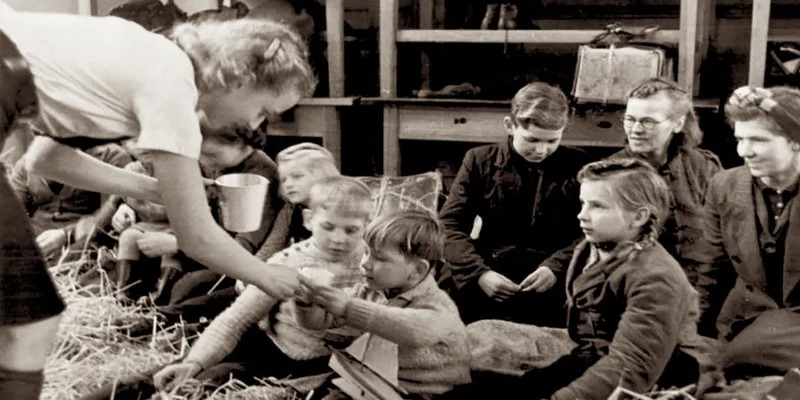What Was the Marshall Plan? Its Purpose and Historical Impact
Advertisement
Post World War II, Europe was in ruins. Cities were bombed out, economies were in shambles, and millions were under the sword of hunger and uncertainty. Amidst this dismal landscape, there was a beacon of hope in the Marshall Plan. But what was the Marshall Plan, and why is it remembered as one of the most significant initiatives of the 20th century? Such an economic revival on a scale of this nature rebuilt not only shattered nations but, rather crucially, redefined the global balance of power. Understanding the purpose and history of the Marshall Plan lends insight into how cooperation and vision might reshape a broken world.

Definition and Purpose: What Was the Marshall Plan?
Officially known as the European Recovery Program, the Marshall Plan was a U.S.-led initiative aimed at helping European nations continue to recover from the ravages of World War II. First proposed in 1947 by Secretary of State George C. Marshall of the United States, the plan's key goal was to rebuild war-torn economies and stabilize governments in order to prevent the further spread of communism.
The primary objective was economic revival. U.S. financial infusion of aid, technical know-how, and resources sought to stimulate production, revive trade, and establish a base for growth to be sustainable. However, the Marshall Plan was more than an economic instrument; it had a strong political connotation as well. With the Cold War hovering on the horizon, the United States aimed to neutralize the influence of the Soviet East by promoting stability in Europe. Its success rested on the twin focus of economic recovery and political stability.
Historical Context: Why Was the Marshall Plan Necessary?

World War II left Europe in shambles. Infrastructure was obliterated, industrial production plummeted, and essential resources were scarce. Nations like Germany, France, and Italy struggled to rebuild while millions of displaced people faced starvation and poverty. The lack of functioning governments further compounded the crisis, leaving the continent vulnerable to political unrest.
Meanwhile, the Cold War had begun to shape global alliances. The Soviet Union extended its influence across Eastern Europe, promoting communist regimes and presenting a direct challenge to Western democracies. The U.S. recognized that economic despair in Western Europe could fuel communist sympathies, destabilizing the region further.
The Marshall Plan was conceived as a preemptive measure. By investing in European recovery, the U.S. aimed to create a strong, united Western Europe that could resist Soviet expansion. The plan was as much about ideology as it was about infrastructure, signaling the start of a new era in global diplomacy.
Implementation: A Herculean Task
The Marshall Plan officially launched in April 1948, covering four years until 1952. Sixteen European nations, including the UK, France, West Germany, and Italy, signed on to receive aid. In total, the U.S. allocated over $13 billion (equivalent to more than $150 billion today) to fund reconstruction efforts.
The program supported a wide array of projects. Bombed-out cities were rebuilt, railways and highways were repaired, and power plants were restored to supply electricity. Factories resumed production with the infusion of machinery and raw materials, while agricultural modernization ensured that countries could feed their populations again. For example, in Germany, funds helped revive the steel and coal industries, which became critical to the nation’s economic recovery. Similarly, Italy used the aid to rebuild its textile sector and invest in modern infrastructure.
One of the program’s unique features was its cooperative approach. Instead of imposing conditions, the Marshall Plan encouraged European nations to work together. This led to the establishment of the Organization for European Economic Cooperation (OEEC), which not only managed the distribution of aid but also fostered regional collaboration. The OEEC’s legacy is profound, as it paved the way for institutions like the European Union.
Despite its success, implementing the Marshall Plan wasn’t without challenges. Logistically, coordinating aid across diverse nations with varying needs required meticulous planning. Politically, there was initial skepticism, with some Europeans fearing dependency on the U.S. and others worried about potential American interference in domestic affairs. However, the structured execution of the plan eventually won over critics, solidifying its place in history as a triumph of international cooperation.
Legacy: The Enduring Impact of the Marshall Plan

The Marshall Plan wasn't just a moment in history; it was a turning point that reshaped the modern world. Economically, it transformed Europe from a fragmented, struggling region into a thriving collective of nations. Countries like West Germany experienced an "economic miracle" as industries rebuilt and exports surged. Similarly, Italy transitioned from a war-torn state to a hub of innovation in fashion, design, and manufacturing.
The program’s impact extended beyond Europe. It became a model for future international aid programs, influencing how global powers respond to crises. For instance, post-Cold War reconstruction efforts in Eastern Europe and modern initiatives like the U.S. Agency for International Development (USAID) draw on principles established by the Marshall Plan—investment in infrastructure, encouragement of self-sufficiency, and fostering of regional cooperation.
Culturally, the Marshall Plan also shaped perceptions of the United States as a global leader. Through this initiative, the U.S. not only showcased its economic strength but also positioned itself as a promoter of democratic values. This influence solidified Western Europe’s alignment with the U.S., creating a bloc of nations that shared economic and political ideals during the Cold War.
Conclusion: A Vision That Endured
The Marshall Plan was more than just an economic recovery program—it was a bold vision for a better world. By investing in Europe’s recovery, the U.S. not only rebuilt a continent but also forged lasting alliances and reshaped international relations. Its lessons remain relevant today, reminding us of the power of collaboration in overcoming challenges. In a world still grappling with divisions and crises, the story of the Marshall Plan offers a timeless example of resilience, generosity, and the potential for renewal. Understanding its history isn’t just about looking back; it’s about finding inspiration for the future.
Bottom of Form
Advertisement












